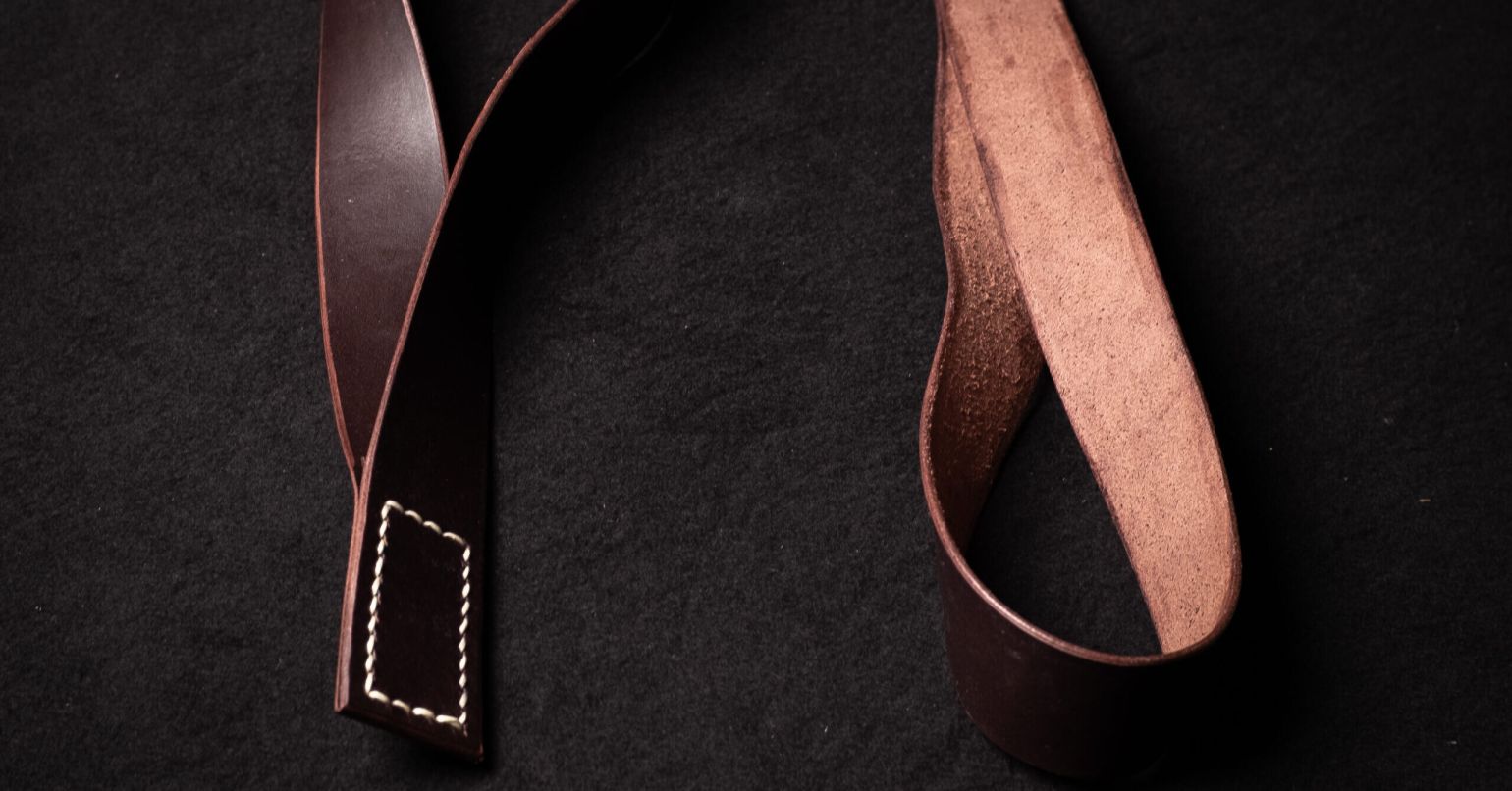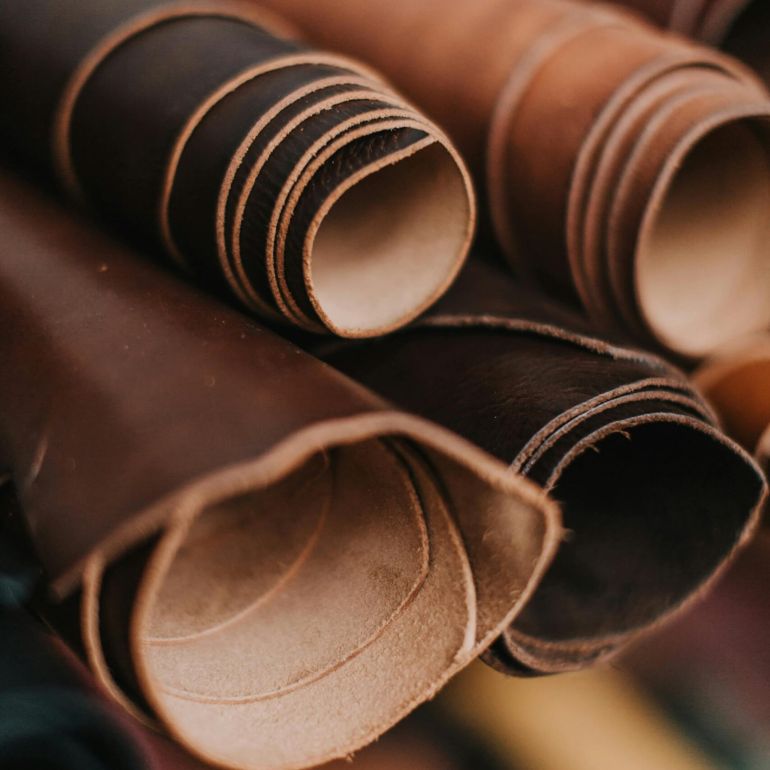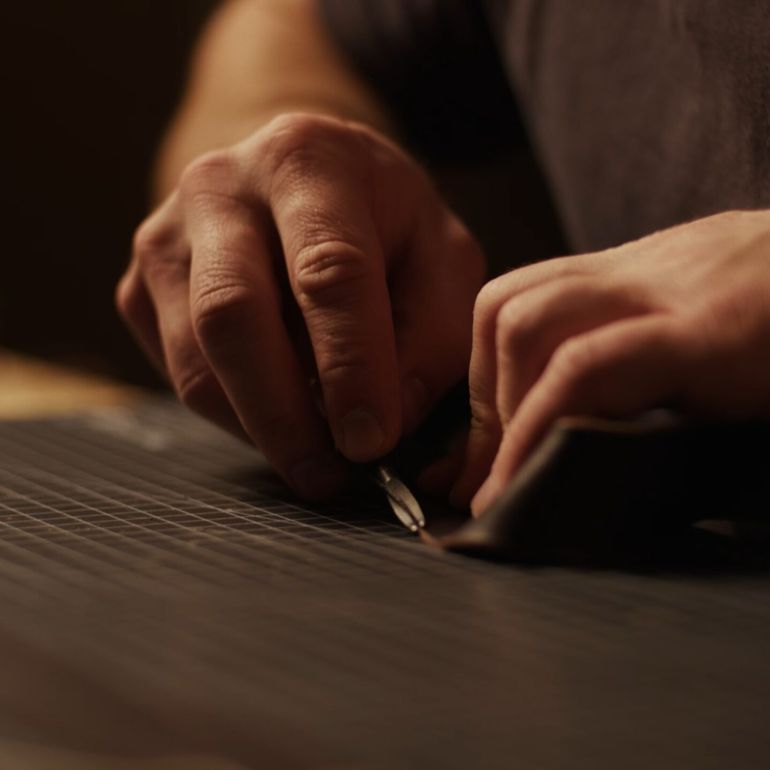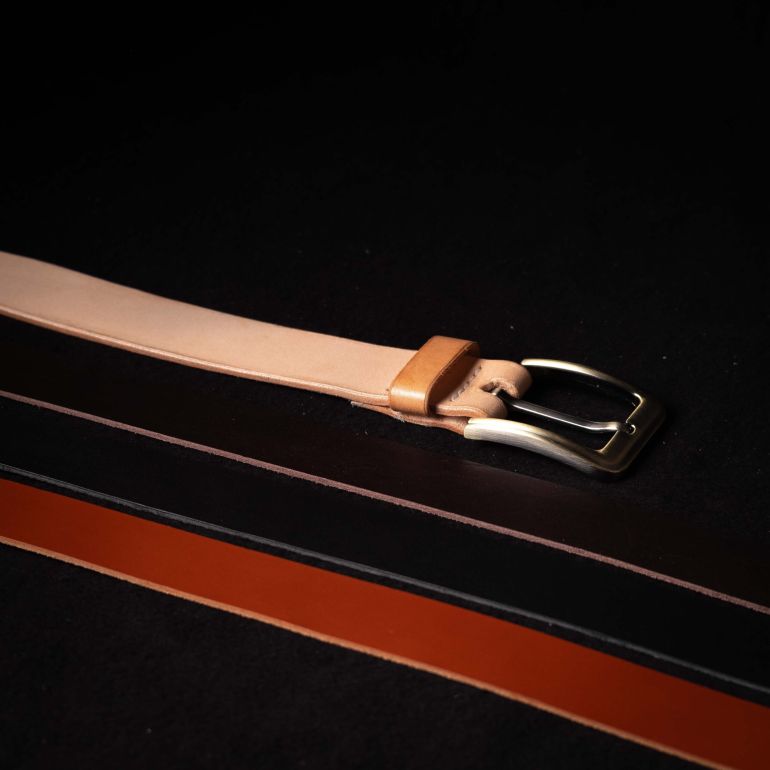
The Leather Tanning Process Explained: Veg-Tan vs. Chrome-Tan
Introduction
Tanning is a crucial step in transforming raw animal hides into durable, usable leather. The tanning process not only preserves the hide but also determines the leather’s characteristics, feel, and longevity. Two of the most widely used tanning methods are vegetable tanning (veg-tan) and chrome tanning (chrome-tan). Each has its unique benefits, applications, and environmental considerations.
In this article, we’ll break down the leather tanning process, compare veg-tan and chrome-tan leather, and help you understand which is best for your needs.
1. The Purpose of Tanning
Raw animal hides are naturally prone to decomposition. Tanning stabilizes the protein structure of the hide, preventing decay and making the leather durable and workable. The process also enhances the leather’s flexibility, color retention, and resistance to moisture and wear.
There are various tanning methods, but vegetable tanning and chrome tanning are the most commonly used in leather crafting.
2. The Vegetable Tanning Process
Vegetable tanning is an ancient and natural method that uses tannins extracted from plant materials such as tree bark, leaves, and fruits. The process involves:
Steps in Vegetable Tanning:
- Soaking and Cleaning – The raw hides are cleaned and soaked in water to remove dirt, hair, and excess flesh.
- Pre-Tanning Treatment – The hides are treated with natural agents to prepare them for tanning.
- Tannin Absorption – Hides are placed in vats filled with natural tannins, where they gradually absorb the compounds over several weeks to months.
- Drying and Conditioning – Once fully tanned, the leather is dried, softened, and treated with oils and dyes if needed.
Advantages of Vegetable Tanning:
- Eco-Friendly – Uses natural, biodegradable materials with minimal environmental impact.
- Durable & Strong – Produces firm, hard-wearing leather that lasts for years.
- Develops a Unique Patina – Ages beautifully, developing a rich, darkened look over time.
- Ideal for Craftsmanship – Perfect for weightlifting belts, wallets, saddles, and other premium leather goods.
Disadvantages of Vegetable Tanning:
- Takes Longer – Can take weeks or months to complete.
- More Expensive – Labor-intensive and requires skilled craftsmanship.
- Less Water-Resistant – Absorbs moisture more readily than chrome-tanned leather.
3. The Chrome Tanning Process
Chrome tanning, developed in the 19th century, is a faster and more industrialized method that uses chromium salts and synthetic chemicals to tan leather. It is the most widely used method in mass leather production.
Steps in Chrome Tanning:
- Pre-Treatment – The raw hides are cleaned and soaked in chemicals to prepare them for tanning.
- Chrome Bath – The hides are placed in chromium sulfate baths, where they quickly absorb the tanning agents.
- Dyeing & Fatliquoring – The tanned leather is dyed and conditioned with fats and oils to enhance flexibility.
- Drying & Finishing – The leather is dried, polished, and finished to achieve the desired color and texture.
Advantages of Chrome Tanning:
- Fast & Efficient – Takes only a day or two to complete, making it ideal for mass production.
- Soft & Flexible – Produces supple leather with a wide range of finishes and colors.
- More Water-Resistant – Better suited for fashion accessories, upholstery, and footwear.
- Less Expensive – Cost-effective due to industrial processing.
Disadvantages of Chrome Tanning:
- Less Durable – May not age as well as veg-tanned leather and can deteriorate faster.
- Environmental Concerns – Uses heavy metals and chemicals that can be harmful if not properly managed.
- Lacks Patina Development – Chrome-tanned leather maintains its color but doesn’t develop a natural patina.
4. Comparing Veg-Tan and Chrome-Tan Leather
| Feature | Vegetable-Tanned Leather | Chrome-Tanned Leather |
| Tanning Time | Weeks to months | 1-2 days |
| Durability | Long-lasting and strong | Softer but less durable |
| Flexibility | Stiff at first, softens with time | Soft and flexible from the start |
| Aging Process | Develops a rich patina | Maintains original color with minimal change |
| Environmental Impact | Eco-friendly, biodegradable | Uses chemicals, potential environmental harm |
| Best For | Belts, straps, wallets, high-end goods | Shoes, handbags, upholstery, mass production |
5. Which Leather is Best for You?
The choice between vegetable-tanned and chrome-tanned leather depends on the intended use of the product:
- Choose Vegetable-Tanned Leather if you want a durable, long-lasting material that develops character over time. Ideal for weightlifting belts, wallets, custom bags, and premium accessories.
- Choose Chrome-Tanned Leather if you need a soft, flexible, and water-resistant material for fashion accessories, footwear, or upholstery.
For those looking for high-quality, handcrafted leather goods, vegetable-tanned leather remains the superior choice due to its strength, longevity, and natural aging process.
Conclusion
Understanding the differences between vegetable tanning and chrome tanning helps in making an informed decision when purchasing leather products. While vegetable-tanned leather excels in durability, eco-friendliness, and timeless aging, chrome-tanned leather offers softness, flexibility, and affordability.
For those who appreciate craftsmanship and sustainability, investing in vegetable-tanned leather products is a wise choice. Explore our collection of premium, handmade leather goods and experience the excellence of traditional tanning methods!



